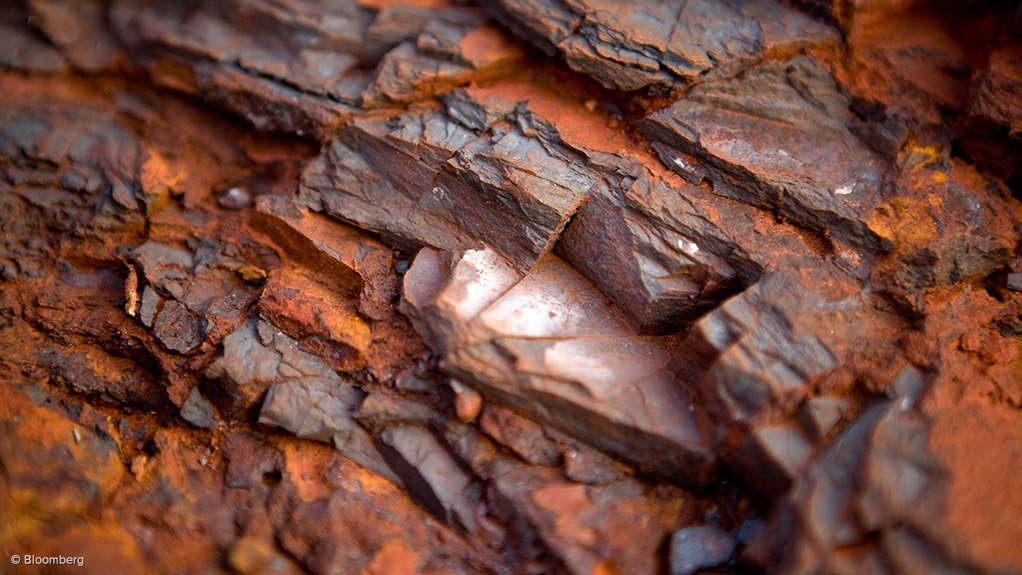
Photo by: Bloomberg
PERTH (miningweekly.com) – The Western Australian state government on Friday announced the first magnetite royalty rebate payment to ASX-listed Gindalbie Metals for its Karara project.
Mines and Petroleum Minister Bill Marmion said that the first magnetite royalty rebate payment highlighted the state government’s commitment to jobs, families and communities.
“Almost 500 workers and their families rely on Karara, during what are challenging times for the industry,” he said.
The three-year rebate programme began in April 2013, to assist magnetite mines during their start-up phase with royalty relief of up to 50% on a project-by-project basis for 12 months.
The state government in December last year launched a similar relief package to assist junior haematite iron-ore miners in the current economic environment. The assistance was in the form of a 50% rebate on eligible haematite iron-ore royalties for up to 12 months, subject to the iron-ore price remaining below an average of A$90/t over the period.
At the conclusion of the assistance period, the rebates would be fully repayable over a period of up to two years, with repayments to be made in accordance with a schedule to be negotiated between the producer and the Minister for Mines and Petroleum.
The government was still considering applications for relief by junior haematite miners.
Magnetite royalties are 5%, compared with haematite royalties of 7.5%
Meanwhile, the Minister said the $2.57-billion Karara mine was a boon for the Mid-West and Morawa, in particular.
“Karara has helped diversify local job options and has backed numerous significant community projects,” he said.
The project had a design capacity of eight-million tonnes a year and was Australia’s second-largest magnetite project.
Gindalbie was currently focusing its efforts on optimising the Karara plant, and reducing operating costs, with the miner saying that its focus was on low-cost options to debottleneck the plant, considering the significant fall in iron-ore prices.
The mine is yet to meet its nameplate capacity.